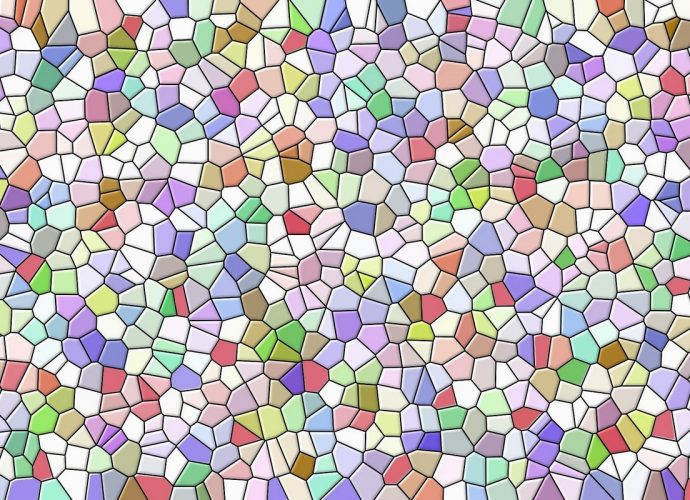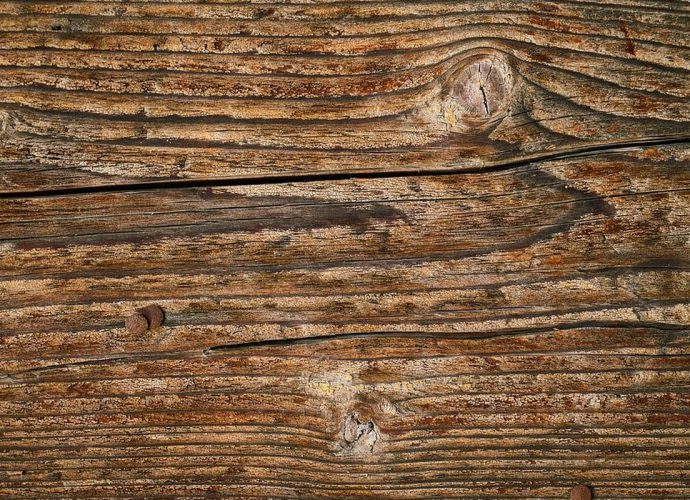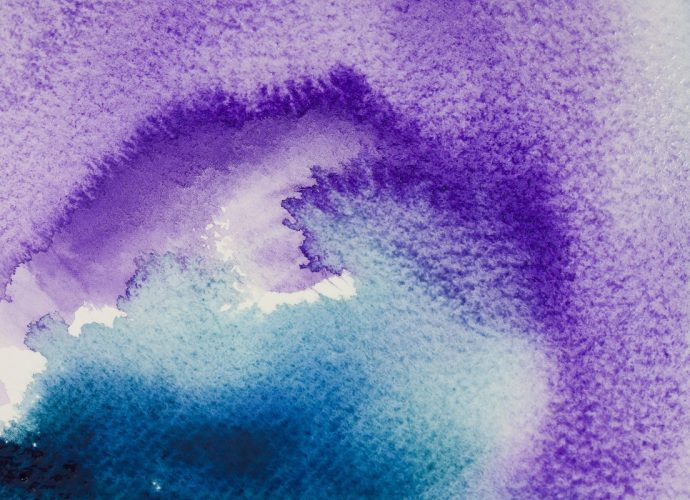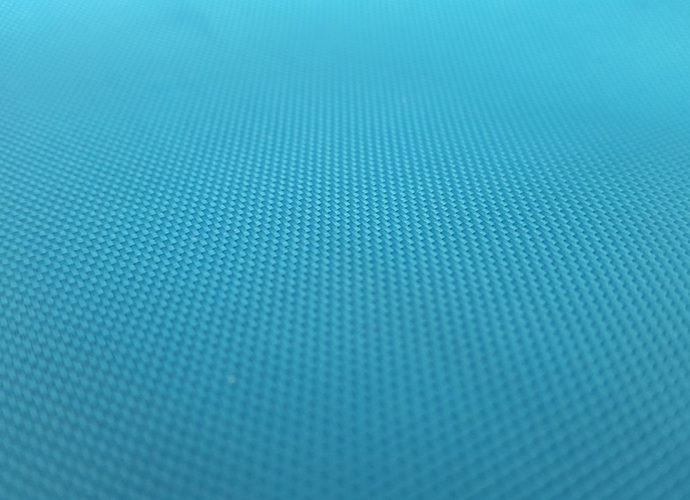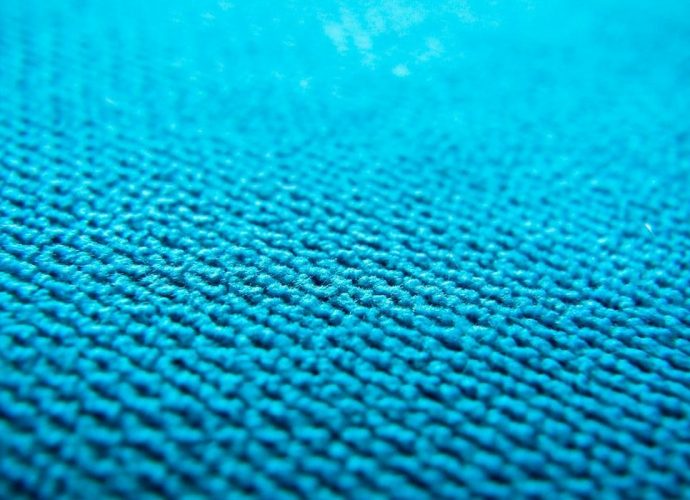Does CI Gain Or Lose Electrons?
Chlorine will gain one electron when it forms an ion to be an anion with a charge of -1. How Na and Cl lose and gain electrons? The most common example is sodium chloride, NaCl. In this compound each sodium atom has lost one electron (giving it a charge ofRead More →
